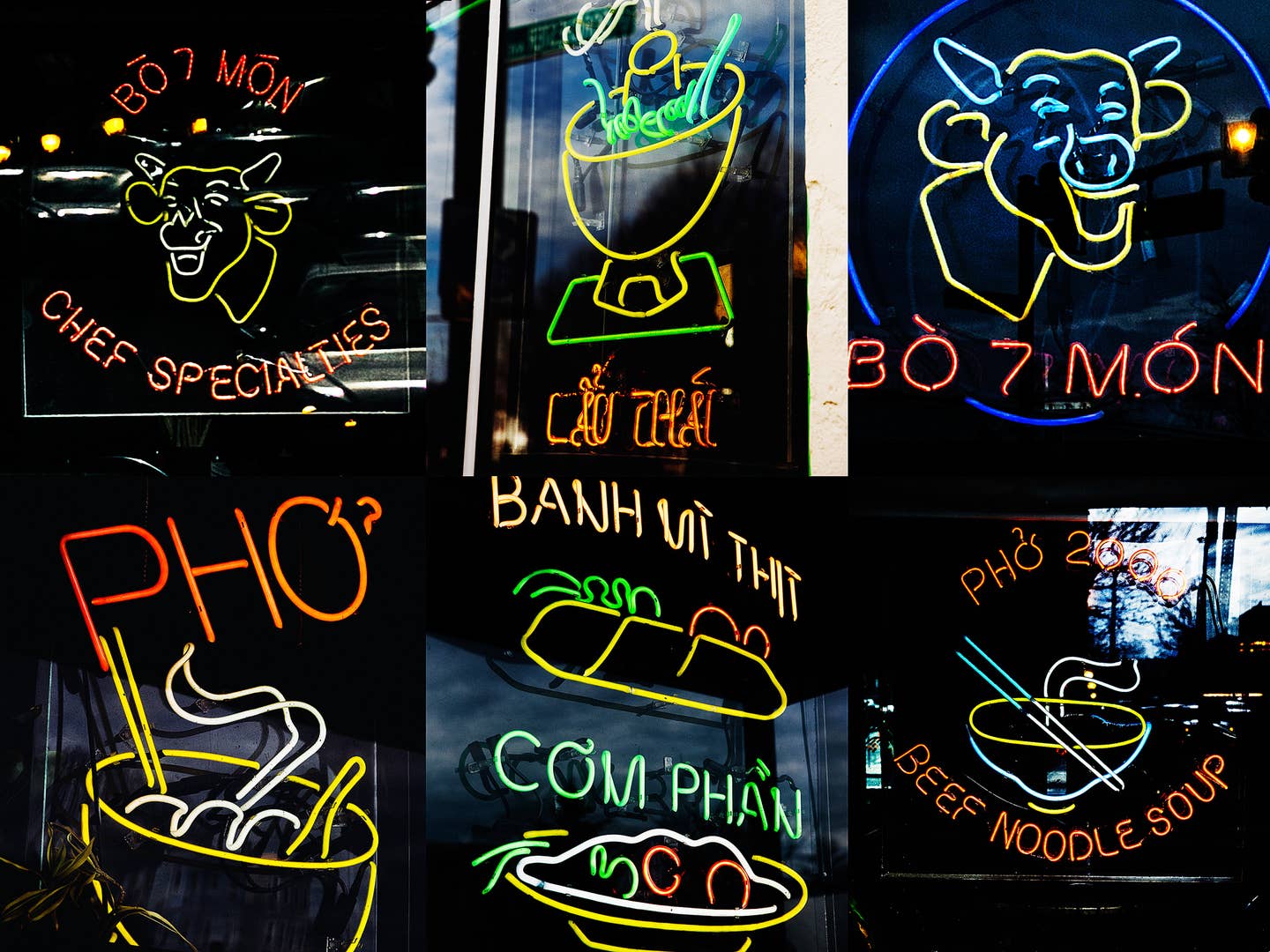
The Incredible Neon Artwork of Boston’s Vietnamese Restaurants
Come to Dorchester for the excellent food, but stick around to appreciate these intricate examples of a dying tradition
The world's great neon cities are dimming. Hong Kong. New York. Bangkok, Vegas, and LA. As analogue glass lighting gives way to modular digital displays, the sculptural neon sign is a dying art with few new entries in the field. But—for now at least—neon is alive and well in one neighborhood in Boston, and it looks pretty incredible.
Welcome to Dorchester, a 30 minute T ride from downtown Boston, and home to one of the densest and most delicious stretches of Vietnamese food in the Western Hemisphere. On a one-mile stretch of Dorchester Avenue you'll find over a dozen restaurants, sandwich joints, and bakeries. The pho and banh mi here range from merely good to extraordinary, and that's before you get to less common Vietnamese specialties like seafood soups, pickled lotus roots, and greaseless fried fish.

It's hard to go wrong eating your way through Dorchester, but if you pause from scarfing down your banh mi long enough to look around, you'll also likely be struck by the intricate neon signs that hang in the window of nearly every restaurant. This is impressive work: glass shaped into undulating noodles, sandwich fillings, and the curlicued accent marks of Vietnamese script.
This signage is hardly unique to Dorchester. Wherever you find Vietnamese restaurants in the U.S. you're likely to find similar, if not identical neon pieces. You can even buy your very own online. But Dorchester's density of restaurants offers a more unique opportunity to see a whole museum's worth of neon in just a couple hours.
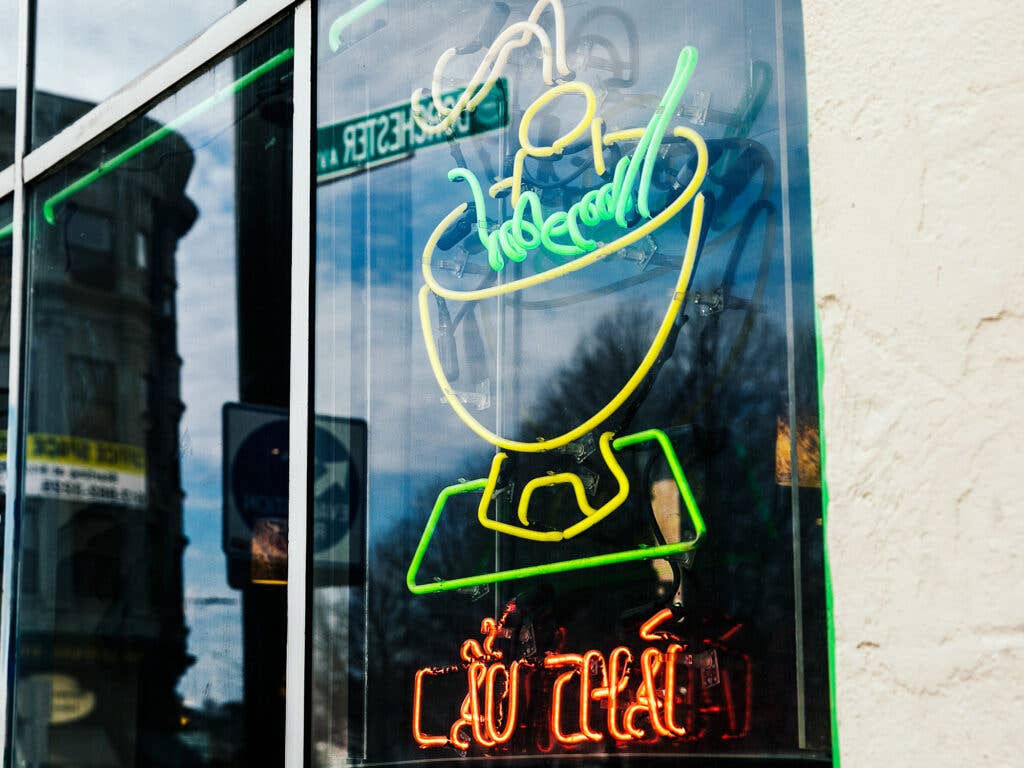
Try to dig into where exactly these signs come from and you'll likely be disappointed. A SAVEUR reporter in Boston spent months hitting the pavement to no avail. Instead, pay a visit to the neighborhood and make the most of it on a long stroll. Have a sandwich or two or six when you get peckish. And share some hope with us that these iconic pieces of a dying art form stick around a little longer.
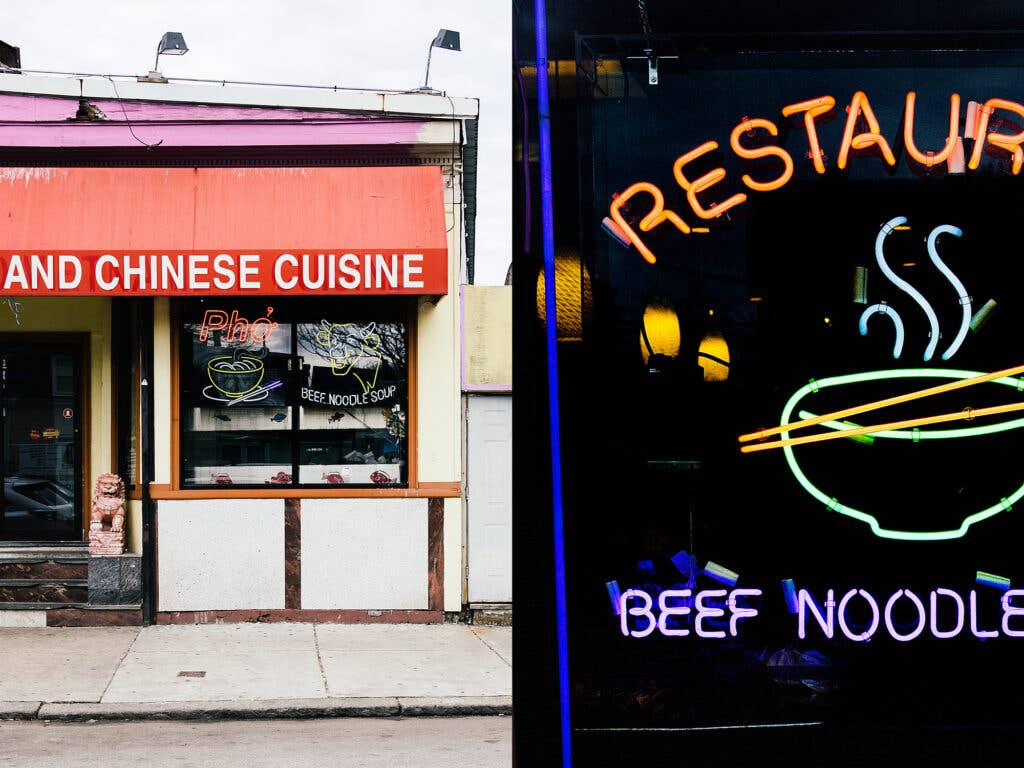
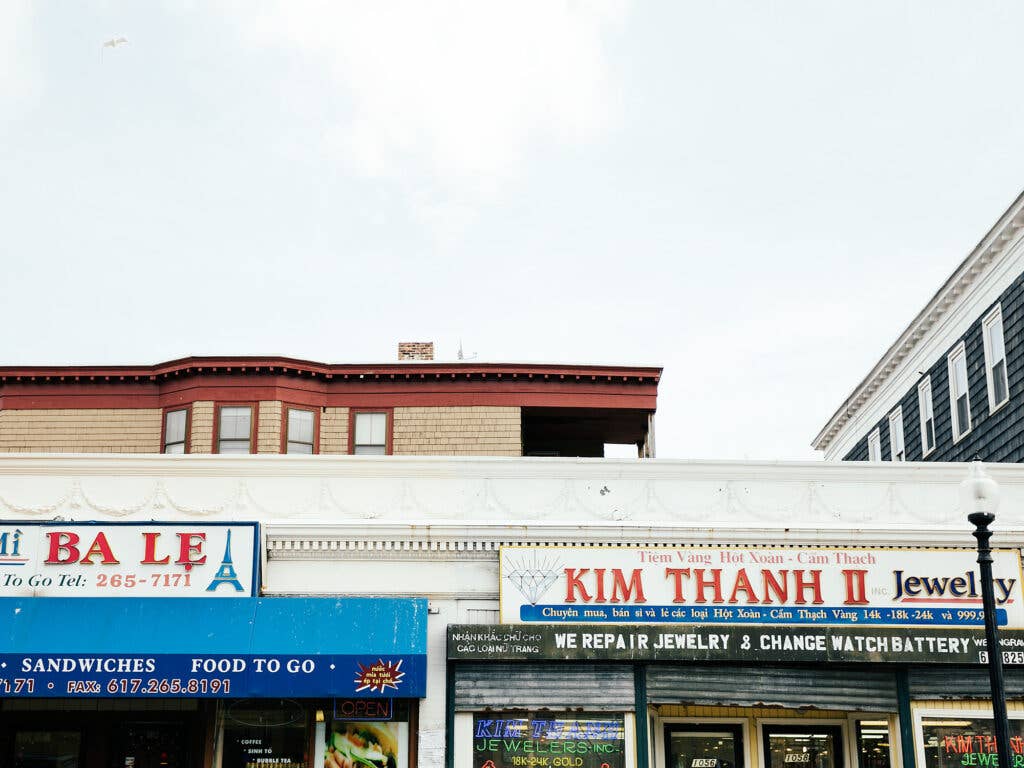

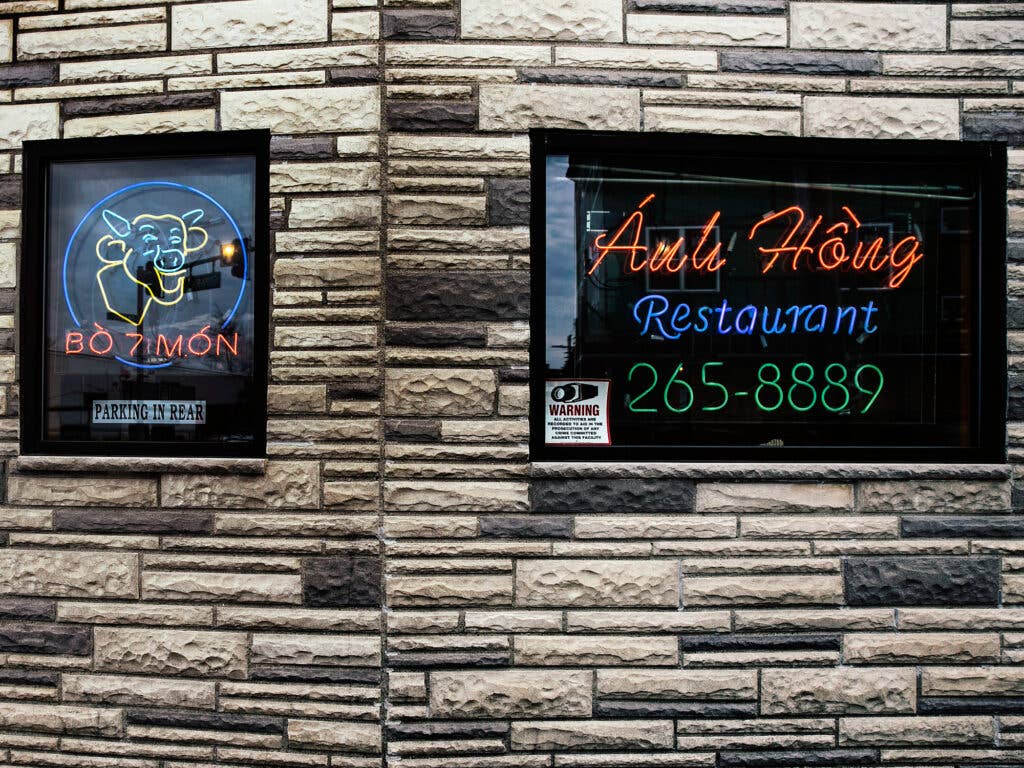
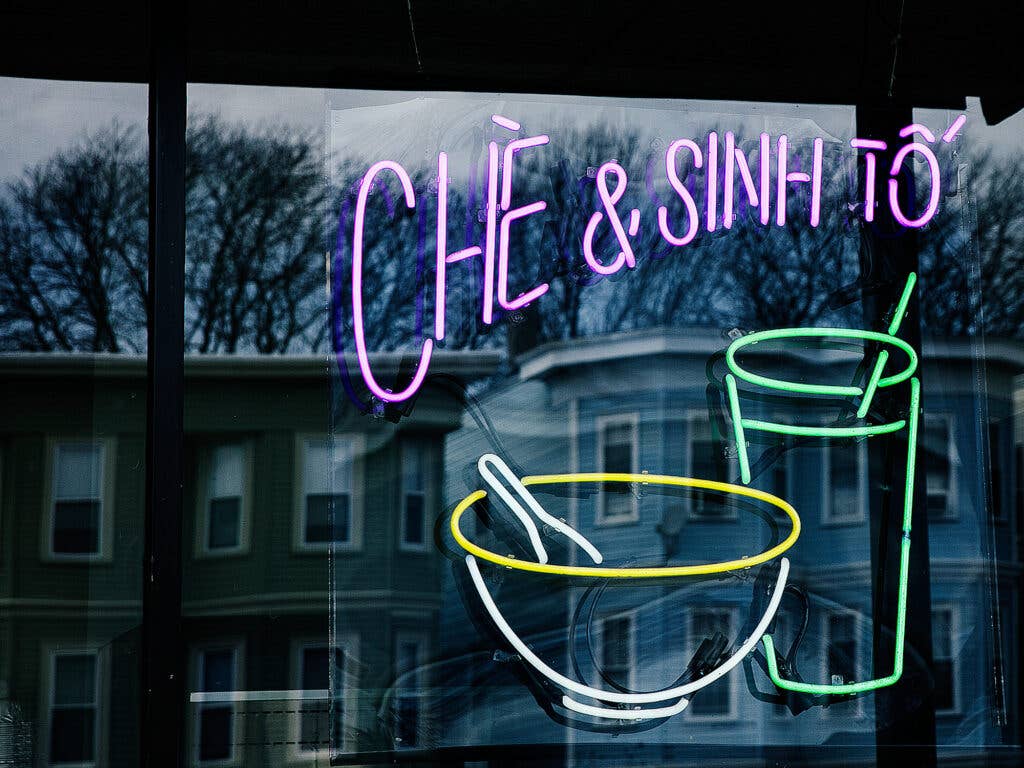
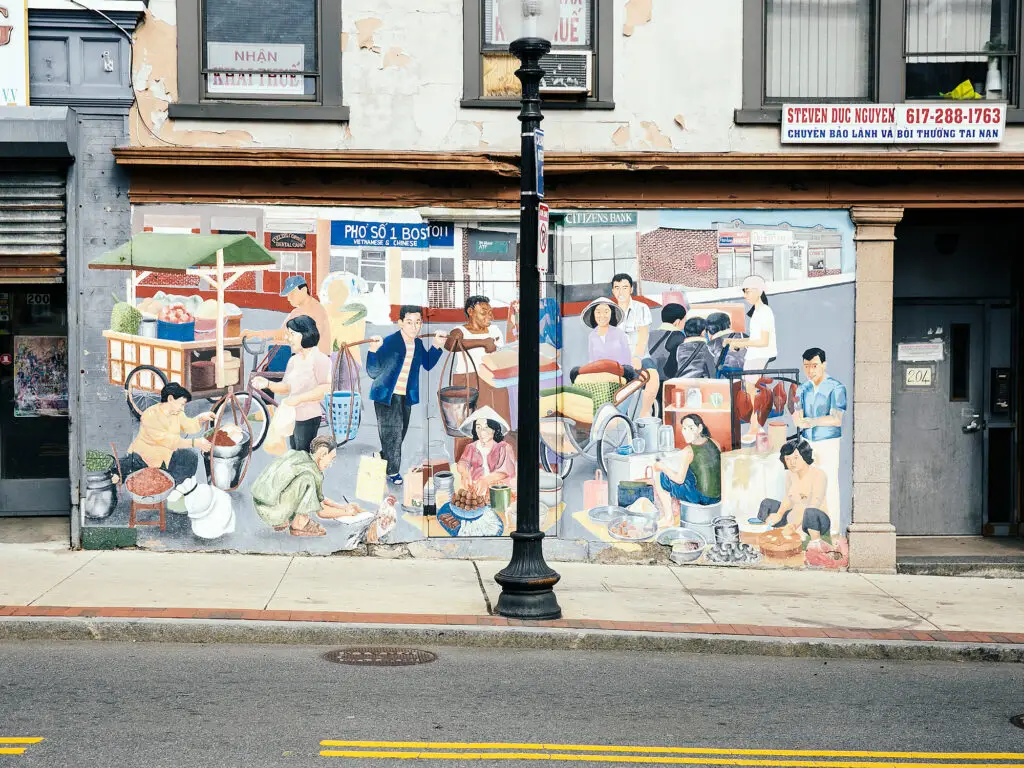
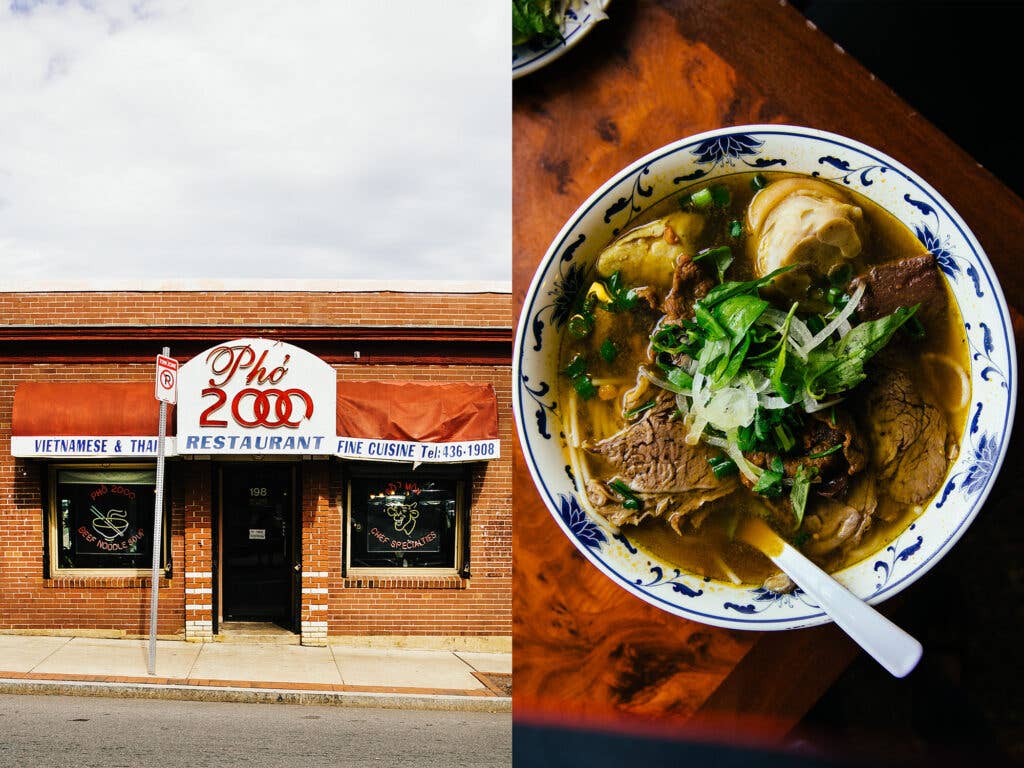
Keep Reading
Continue to Next Story










